Bodrum is one of the most popular stops for history enthusiasts visiting Turkey. The museums in Bodrum always attract visitors throughout the year because they provide insights not only into the local culture but also into the history of humankind.
Anatolia is the cradle of our civilization, where we learned to build cities, engage in agriculture, use money, shape iron, and even make beer! The Mediterranean, on the other hand, is where our modern culture was born. Along the Aegean coast of Turkey, you can trace both Anatolian and Mediterranean histories at the same time. Besides, you can also find out why the Mediterranean lifestyle is so special for the travellers from all over the world.
For me, travelling itself is one of the most exciting cultural experiences in the world. However, I believe we can make it even better by taking the time to visit historically and culturally significant places such as museums and archaeological sites. What do you think?
In This Article
All the Museums in Bodrum
I enjoy meeting new people from different cultures. I like engaging in conversations about their daily lives, habits, likes, and dislikes. These conversations help me learn about the society they live in.

Similarly, museums in Bodrum are also valuable resources for discovering the local culture and history. Considering the rich history of the region, I think Bodrum deserves more museums. Yet, here are what we have so far.
Bodrum Underwater Archaeology Museum
The Bodrum Underwater Archaeology Museum is one of the oldest and most significant underwater archaeology museums in the world. Bodrum’s most well-known landmark, the Bodrum Castle, houses the museum inside its walls. Aside from its historical value, the castle and the museum are also great for sightseeing and relaxation. This makes it one of the most visited museums in Bodrum.
Imagine a 3,500-year-old shipwreck displayed in a 700-year-old castle built with 2,600-year-old archaeological fragments! The castle itself was constructed by the Knights of St. John in the 15th century. The exhibitions include numerous items and artifacts from various periods, starting from the Bronze Age.

Although the museum and the castle share the same space and have a single common entrance, they actually represent different aspects of history. Therefore, I decided to address them separately. You can access the articles I wrote about both by following the links below.
Bodrum Maritime Museum
The Bodrum Maritime Museum is one of my favourite museums in Bodrum. It offers insights into the town’s recent history and local culture.
Not long ago, Bodrum was a small town with a small economy, depending mainly on fishing and sponge diving. The life of the locals was challenging, battling the rough waves and depths of the Aegean to earn a living. At the Bodrum Maritime Museum, you can explore the traces of local marine history that have drastically shaped today’s local culture.
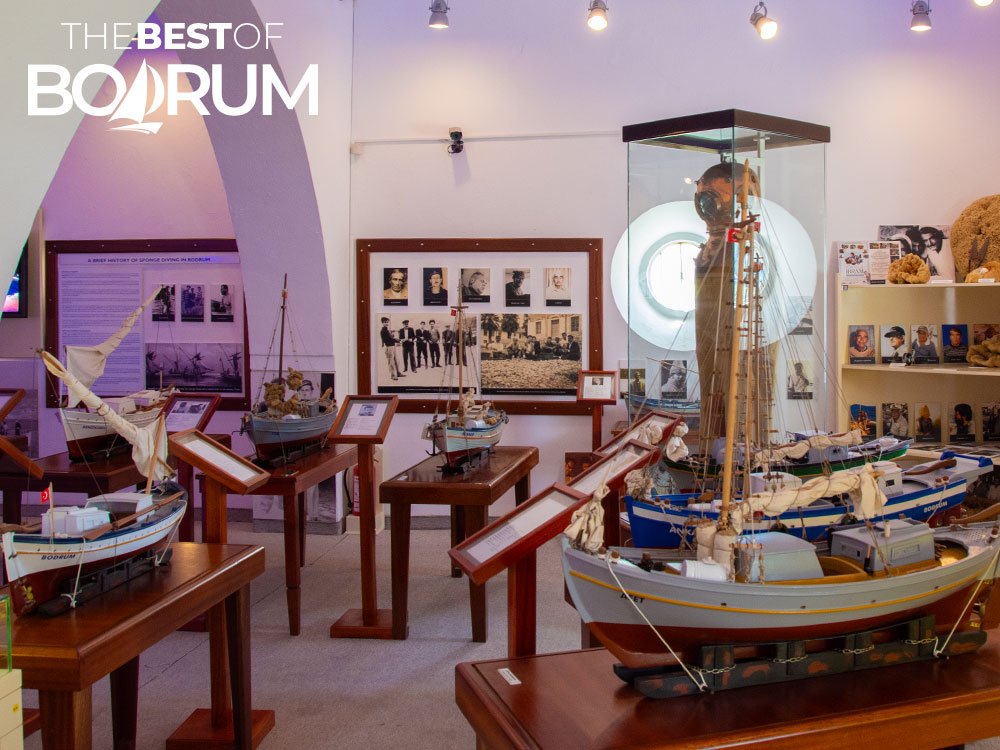
The museum also exhibits one of the world’s largest and most important seashell collections, along with a few personal items belonging to a renowned writer, whom I admire greatly, The Fisherman of Halicarnassus.
I personally know some of the individuals behind the idea of establishing a museum dedicated to Bodrum’s maritime history. I witnessed their incredible efforts to keep this private museum running. Believe me, it’s truly challenging. I appreciate their dedication and hard work. Visiting this museum would also be the best way to support their cause.
Mausoleum at Halicarnassus
After his father’s death, Mausolus became the ruler of Caria in 377 BC. His first action was to relocate the capital from Mylasa to the beautiful harbour city of Halicarnassus. As an admirer of beauty and architecture, he initiated several construction projects to beautify his new capital.
Mausolus had also a deep desire for immortality beyond his love for aesthetics. To achieve this, he invited renowned architects from mainland Greece of his era to construct a monumental tomb for himself. His intention was to secure his eternal existence alongside the gods. This tomb later gained reputation as the Mausoleum at Halicarnassus, listed among the Seven Wonders of the Ancient World.
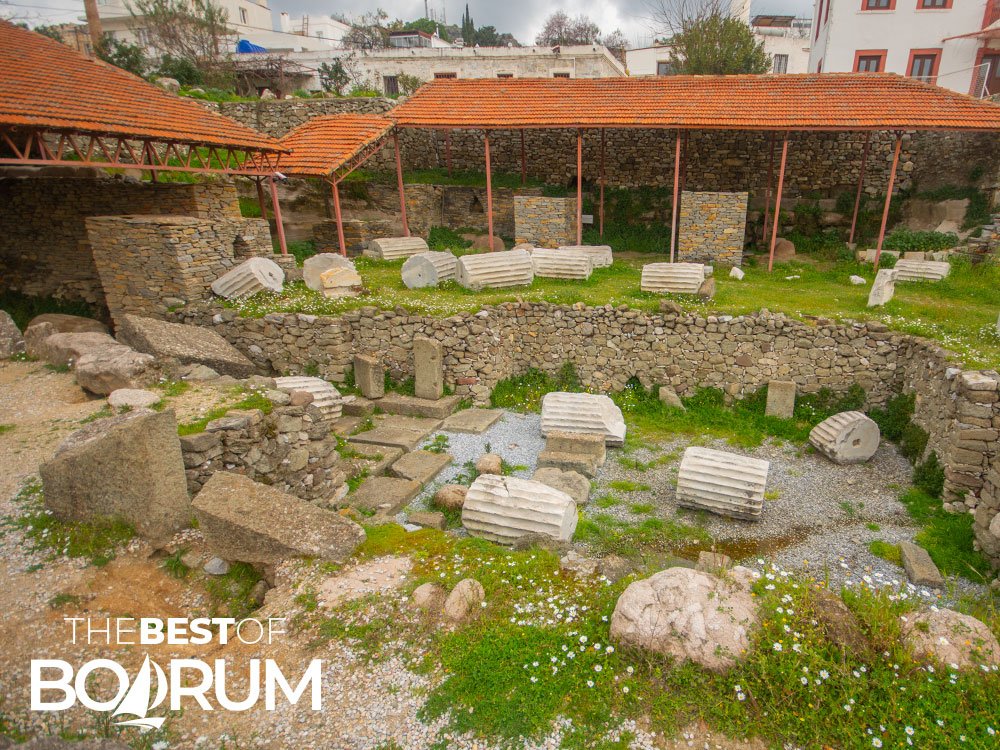
The structure was destroyed in an earthquake in the early 15th century. However, Mausolus achieved eternal fame by lending his name to all monumental tombs worldwide. Today, the Museum of the Mausoleum at Halicarnassus is one of the most popular museums in Bodrum. Although there isn’t much left to see, the foundations of the ancient wonder still attract tens of thousands of people every year.
Zeki Muren Museum
Zeki Muren was a famous and influential figure in Turkey’s art history. Even three decades after his death, he remains the most respected singer in Turkish classical music.
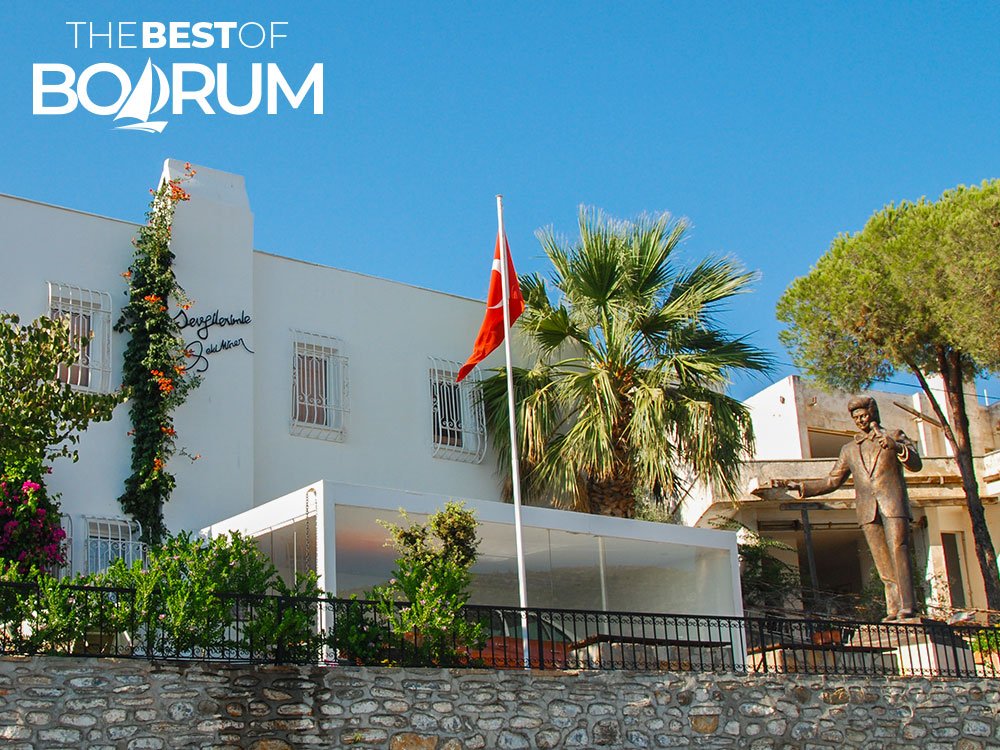
Following his doctor’s advice, he moved to Bodrum and fell in love with the serenity of this town in 1980. Although his unconventional lifestyle was quite different from Turkey’s conservative norms, the locals warmly welcomed him. I haven’t met anybody in Bodrum who is 40 plus and doesn’t have a memory with him. They still remember him affectionately and call him “The Pasha of Bodrum.”
His home is one of the museums in Bodrum. The Zeki Muren Art Museum attracts fans from all over the country who wish to pay their respects and learn about his life. I think this museum is also an excellent example of a typical Bodrum house for those interested in architecture and local culture.


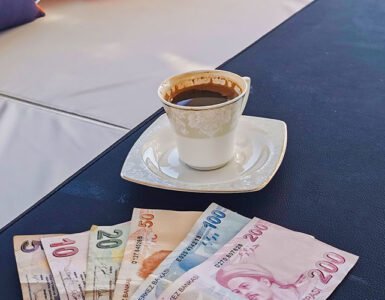
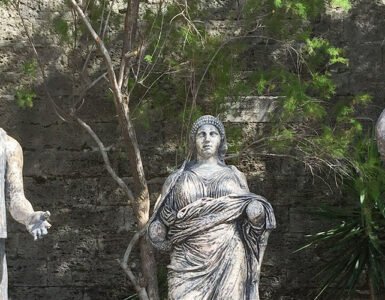












Add comment